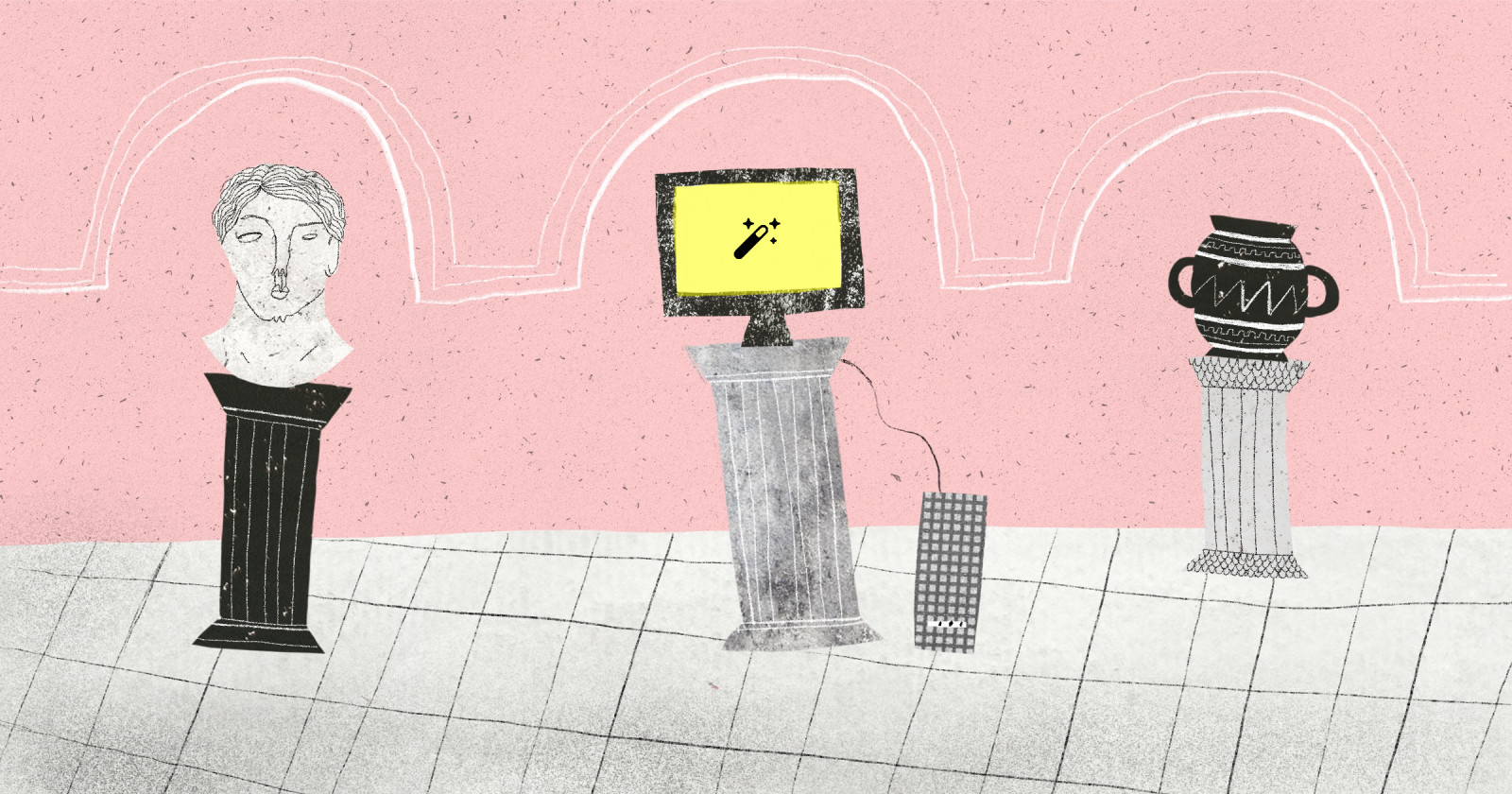
Mick Champayne | Can AI Be Creative?30.01.2020
Researchers have projected that automation may claim 800 million jobs around the world by 2030. AI has helped write songs, recreated famous masterpieces, and made its big break in Hollywood. But is that really creativity or just a discount designer? How far AI can —or should—go in the creative process?
As a Millennial, I am not without my fair share of daily existential crises. Does eating this avocado toast mean I can’t buy a house? Should I lean in or out today? Is it better to Millenial burnout than fade away? To retire or not to retire, that is the FOMO question.
My favorite question to toil over lately is wondering if (when?) robots will take over my job. In the book Inventing the Future by Nick Srnicek and Alex Williams the authors say, "anything from 47 to 80 percent of jobs are likely to be automatable in the next two decades." Okay, that’s a wide range—but it’d be foolish to think that I won’t at least be impacted by automation. As a designer, I’ve already started to see AI magic happening inside design tools, creating efficiencies and optimizing production. For instance, Adobe has been focusing on its proprietary AI called Sensei that powers programs like Photoshop, giving designers a range of features from smart-selection tools to speeding up stock image searches. At Airbnb, they’ve developed AI technology that generates code from hand-drawn sketches. And at Netflix where personalization is the name of the game, tedious tasks like artwork versioning are being automated so they can serve up movie titles tailored to your preferences.
It reminds me of the movie I, Robot, where Will Smith's character asks a robot, "Can a robot write a symphony? Can a robot turn a canvas into a beautiful masterpiece?" The robot shoots back a "Can you?" Honestly, I couldn’t.
Well, actually, that all sounds kind of great. So why am I still a feeling a little anxious? Where it gets a little muddy for me is thinking about artificial intelligence in the context of art and creativity. While AI is changing creative processes, how is it affecting creativity? After all, creativity is what makes us human, right?
Is it art?
I’ve visited many modern art museums, standing in front of deceptively simple works like Rothkos and Pollacks, thinking, “I could’ve done that.” But I didn’t. It reminds me of the movie I, Robot, where Will Smith's character asks a robot, "Can a robot write a symphony? Can a robot turn a canvas into a beautiful masterpiece?" The robot shoots back a "Can you?" Honestly, I couldn’t.
Machines are starting to demonstrate creativity, from learning to improvise music to generating new art you’d be forgiven for thinking was done by an old Master. Like Björk’s new generative music soundscape that will adapt to sunrises, sunsets, and changes in barometric pressure, recombining samples of choral arrangements from her career into an entirely new, continuous piece. Or this 3-D printer that created an original portrait of a 17th-century man using Rembrandt’s trademark subject matter and style—even down to the brushstrokes. And my personal favorite, this bot that wrote a surreal Harry Potter chapter: “He saw Harry and immediately began to eat Hermione’s family.” and “The password was ‘BEEF WOMEN,’ Hermione cried." J.K. Rowling, eat your heart out.
Or is it science?
These early explorations into the capabilities of AI are often just as compelling as the human-made kind. “People think art is something very mystical — that there’s something appearing out of nothing, the creative genius,” writes Marcus du Sautoy, a British mathematician in his book The Creativity Code: Art and Innovation in the Age of A.I. “I wanted to reveal that a lot of creative acts do have structure and pattern and algorithms and logic.” And there are certain forms of art, like blues music and Hollywood superhero blockbusters, that do seem very formulaic in structure, with rules that you can articulate.
At the moment, AI is pretty good at mimicking human artists on a small scale, and it’s still clear that humans are the programmers—thus the creators. But as we dive more into machine learning and deep learning, we're realizing code can now evolve, change and adapt, disconnecting itself from the programmer.
AI's ability to reveal what we didn’t know we knew is one of the strangest and most exciting developments. Instead of being a threat, it will become a collaborator, extending our creativity
Inspired by the Turing Test which asks if machines can think, du Sautoy proposes a “Lovelace Test” (after Victorian computing visionary Ada Lovelace) that asks if machines can create. To pass it, an algorithm must produce something that is new, surprising and of value—without the programmer being able to explain how the AI made it. A good example of this is Continuator by François Pachet, a composer, computer scientist, and director of the Spotify Creator Technology Research Lab. Continuator is a device that creates algorithms to interactively play with musicians in real-time. Musicians who have jammed with it say they recognize that it sounds and feels like them, but it’s doing things that they’d never thought of doing before.
But to my existential relief, du Sautoy doesn’t believe AI is going to take our jobs. Its ability to reveal what we didn’t know we knew is one of the strangest and most exciting developments. Instead of being a threat, it will become a collaborator, extending our creativity—not hampering it. Humans and their input will still be very much integral to the creative process, but our roles and responsibilities will just shift to more of an editorial, curation and strategic capability. Coupled with the automation of tedious tasks from our workloads, AI can get us out of our ruts and spark new ideas.
Du Sautoy explains, “My image is of us as creative humans being like people in a huge great hall, but we’ve only got one corner of it lit. We’re dancing around there, but we don’t realize how much more there is to explore. A.I. can show us how much more we can do with the tools available to us at the moment. Weirdly, in doing so, I think that A.I. might help us behave less like machines and more like humans.”
As for these creations being creative? Well, a common goal of art is to provoke a debate about the meaning of art. So I guess AI art qualifies. And if it can make you have an emotional response, does it really matter who—or what—created it?
see also
- Leading Projects That Will Make Life Easier for the Mobility Impaired
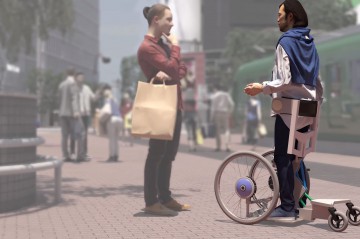
News
Leading Projects That Will Make Life Easier for the Mobility Impaired
- Mick Champayne | "Okay Google..."
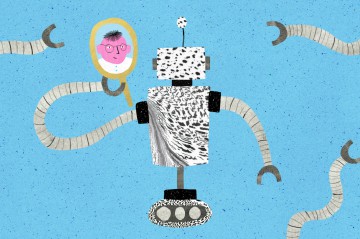
Trends
Mick Champayne | "Okay Google..."
- Chris Duffey | AI Enhanced Creativity: Tomorrow’s Creativity is Here Today
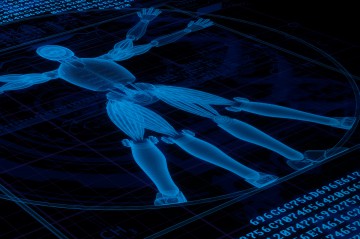
Opinions
Chris Duffey | AI Enhanced Creativity: Tomorrow’s Creativity is Here Today
- Overusing Technology Does Not Have a Negative Impact on Teen Mental Wellbeing, Researchers Claim
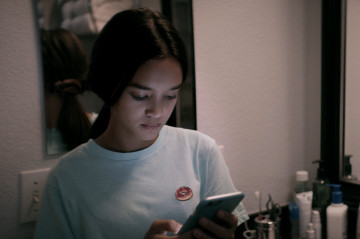
News
Overusing Technology Does Not Have a Negative Impact on Teen Mental Wellbeing, Researchers Claim
discover playlists
-
Original Series Season 1
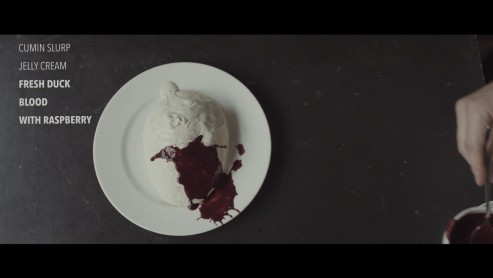 03
03Original Series Season 1
-
Domowe koncerty Global Citizen One World: Together at Home
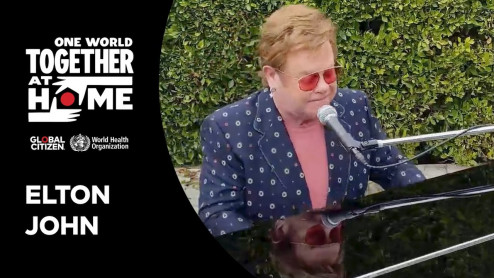 13
13Domowe koncerty Global Citizen One World: Together at Home
-
Andriej Tarkowski
 02
02Andriej Tarkowski
-
Papaya Young Directors top 15
 15
15Papaya Young Directors top 15
